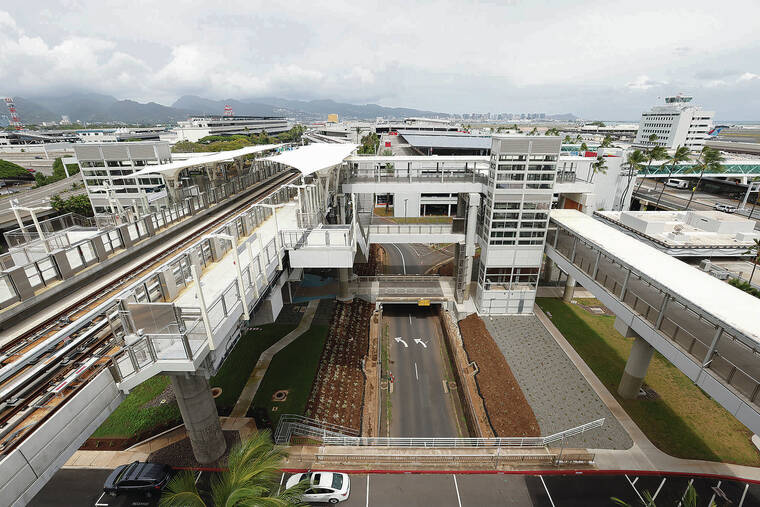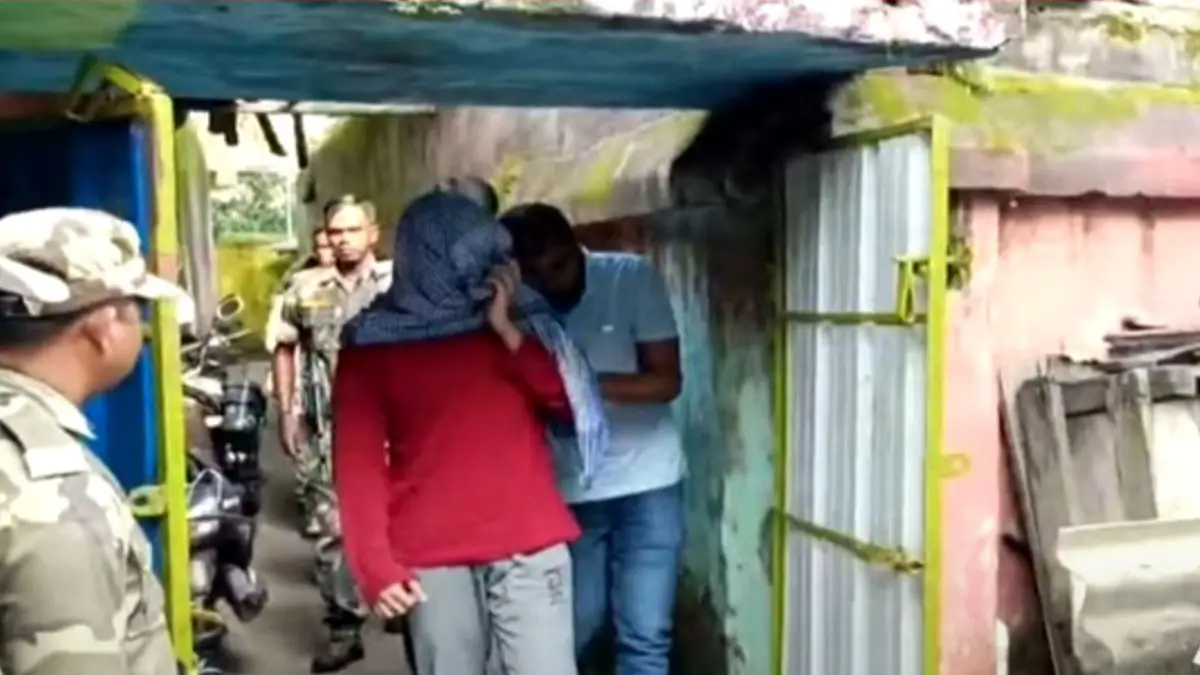By None
Copyright staradvertiser

Oahu’s rail is speeding toward next month’s grand opening of its second of three segments — even as construction chugs ahead on the project’s most-difficult final leg, slated to open in 2031. So is now the best time to give more work to the Honolulu Authority for Rapid Transportation (HART), the agency charged with building Skyline?
That’s the question undergirding the City Council’s
Bill 60, which seeks to authorize HART to conduct planning and preliminary engineering for rail to someday
extend up to the University of Hawaii at Manoa. It’s an
intriguing proposition: after all, UH Manoa was once long-envisioned as rail’s logical endpoint, until funding realities truncated the dream. Currently, Skyline stations are at UH West Oahu and Leeward Community College, and come 2031, will be at Honolulu Community College on Dillingham. Having rail ultimately accessible for students at the flagship Manoa campus would be ideal.
But while Bill 60 has merit, it’s premature. It might well benefit from giving Skyline a bit of time to see success, once Segment 2 opens on Oct. 16. Timing is everything.
Right now, aside from too-few avid riders, Skyline has yet to prove its worth to a skeptical public, since it runs only from East Kapolei to the shuttered Aloha Stadium. But the launch of Segment 2 will extend operations considerably, picking up ridership at new stations at the employment hub of Pearl Harbor-Hickam, at Honolulu’s airport and at the Kalihi Transit Center at Middle Street.
Hopes are high that reaching these key areas will allow Skyline to gain rail converts as well as momentum, as eyes turn toward Segment 3 buildout to the Civic Center terminus in Kakaako.
The concept behind Bill 60 is sound: It basically puts on the books the city’s intent and interest in exploring a possible rail spur to UH Manoa, which would enable HART’s ability to plan for — but not actually construct — such an extension. Such work would include “any studies, evaluations, surveys and assessments, and the preparation of any required environmental impact statements and other reports, provided that any such extension adheres to the locally preferred alternative” —
which historically meant between West Kapolei and
UH Manoa, with a line to Waikiki.
“This has practical effects on how we go about extending the system in the future,” said Councilman Tyler
Dos Santos-Tam, a co-sponsor of Bill 60.
The bill has passed the first of three Council readings and now heads to the Infrastructure, Transportation &Technology Committee. That’s where more discussion and details must emerge over mission priorities and clarifying directives for HART, and how any future-spur studies might be funded.
Currently, HART’s mission is done on Dec. 31, 2030, when the 0.5% Oahu general excise tax surcharge expires; that surcharge is the primary funding source for Skyline construction, supplemented by a $1.55 billion federal grant. That’s all paying for the $12 billion system that runs from East Kapolei to Civic Center; still undetermined is how Skyline’s two remaining stations, past Civic Center to Ala Moana, will be funded.
Over many years, Skyline has been hit with a litany of negative news, with precious little countervailing good news for the public. Delays and bloated budgets have made headlines, instead of positive news about, say, the actual efficiency and convenience of the system.
There are solid reasons for Bill 60 to stake out the city’s intent and desire to start exploring a UH Manoa spur — not least of which, is to tap into HART’s rail-building expertise throughout the next five years.
But while it shouldn’t be rejected, Bill 60 should be practically paced to give Skyline’s Segment 2 time to win over riders, and to prove its value. That will mean the city Department of Transportation Services must pull out all the stops in the next few months to incentivize commuters, and work with the military and TheBus to provide seamless and convenient connections to build ridership. Much can, and should, be done through the end of this year. Then, come the new year, Bill 60 will be well-justified for passage.



